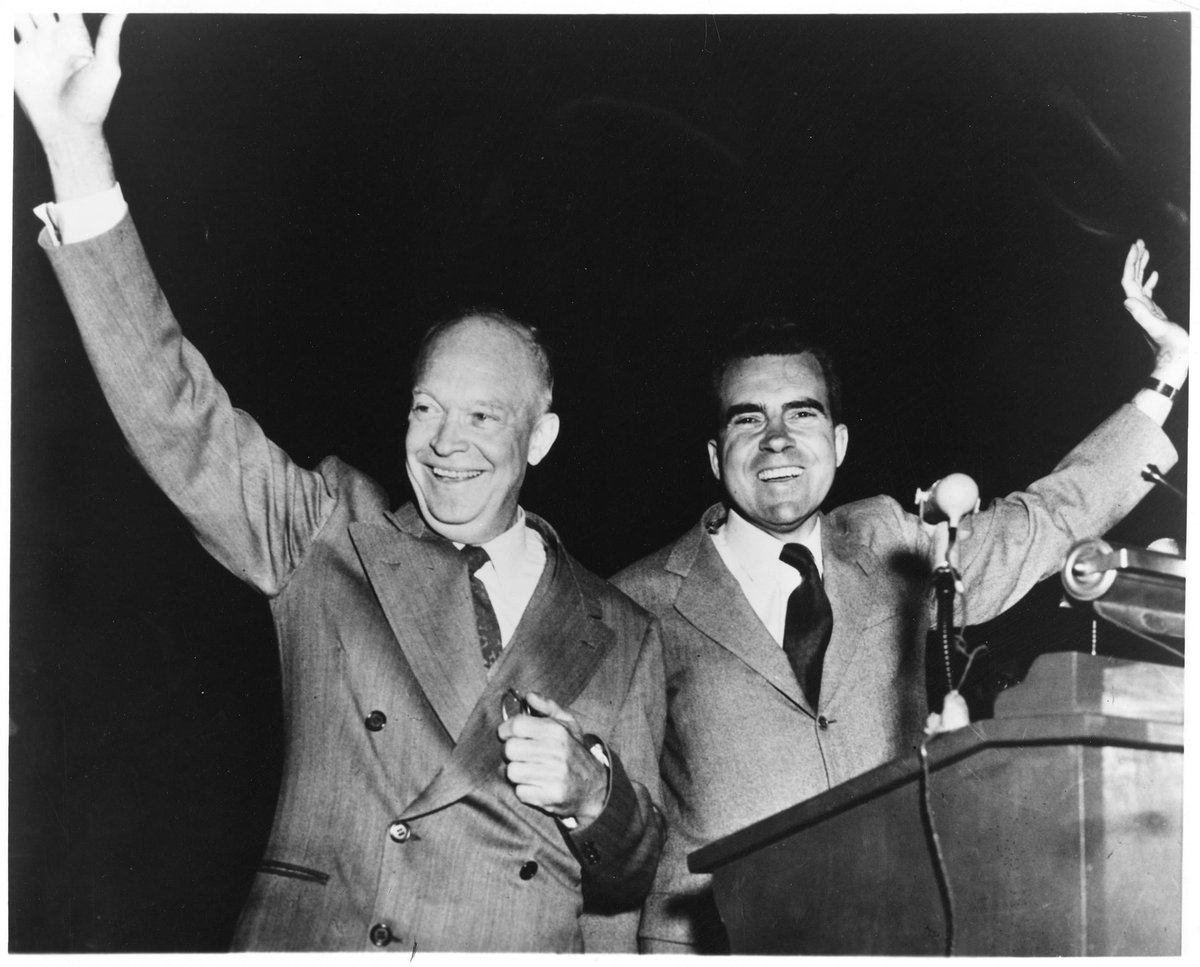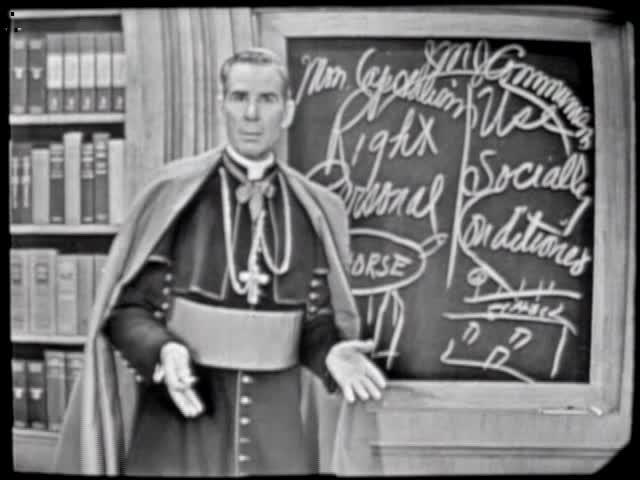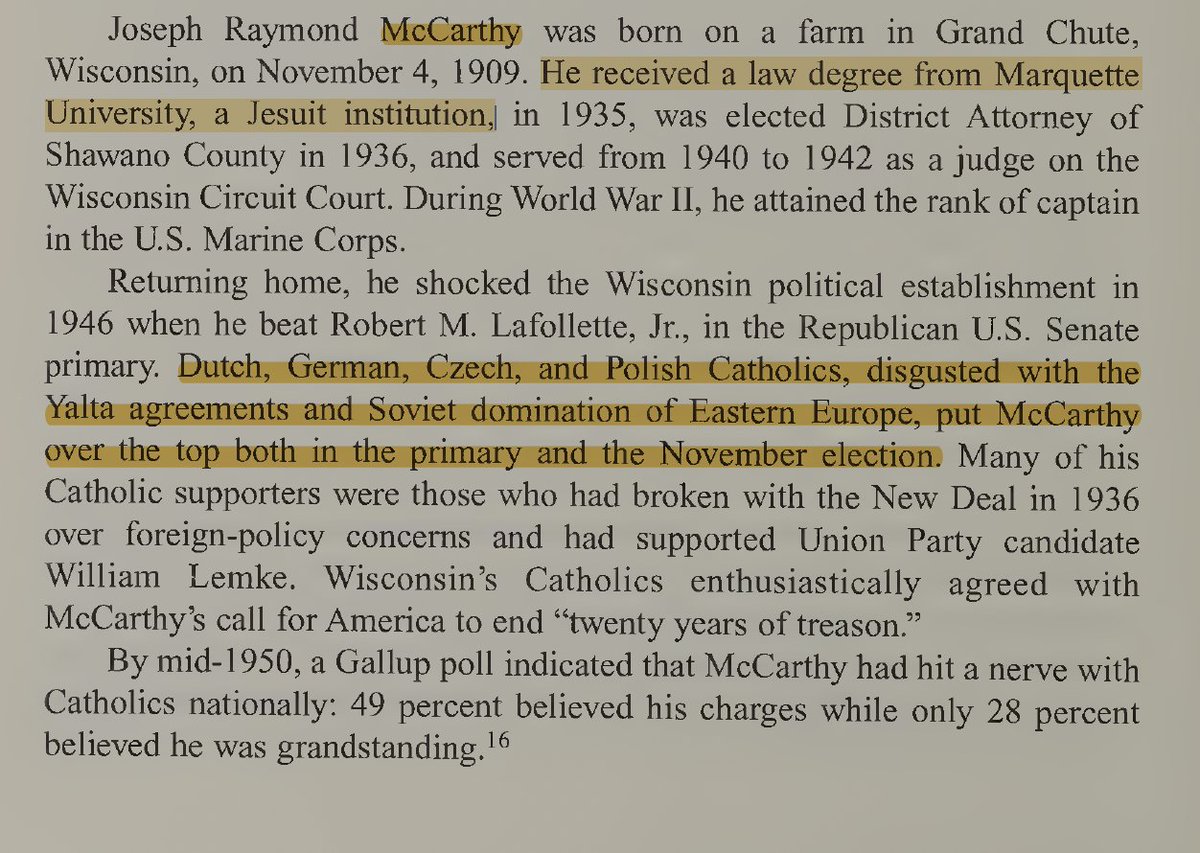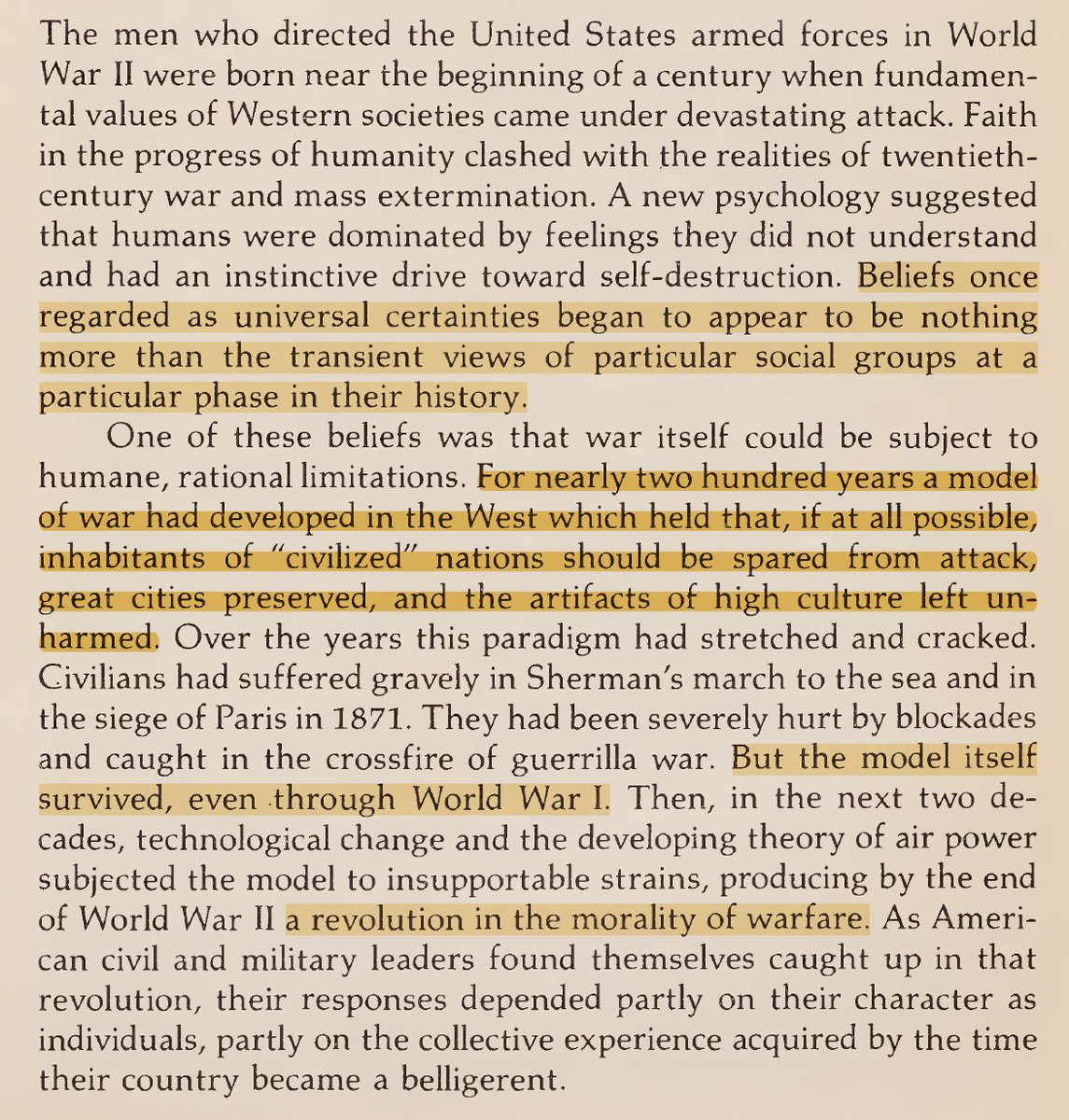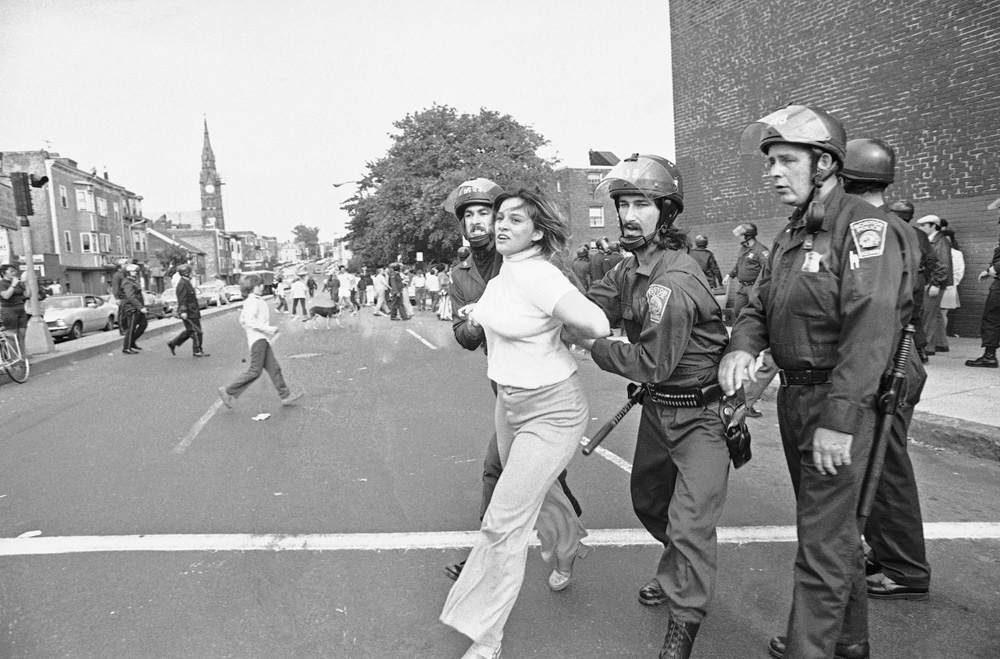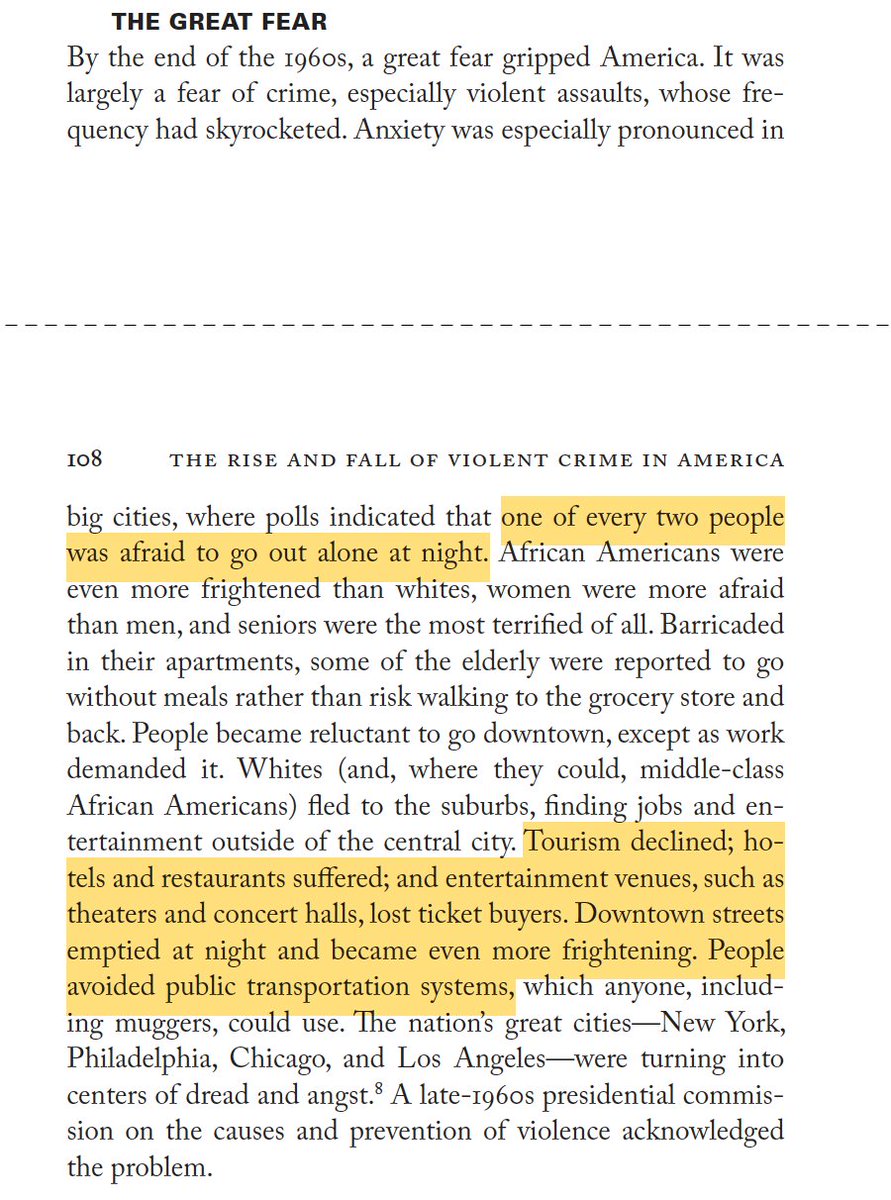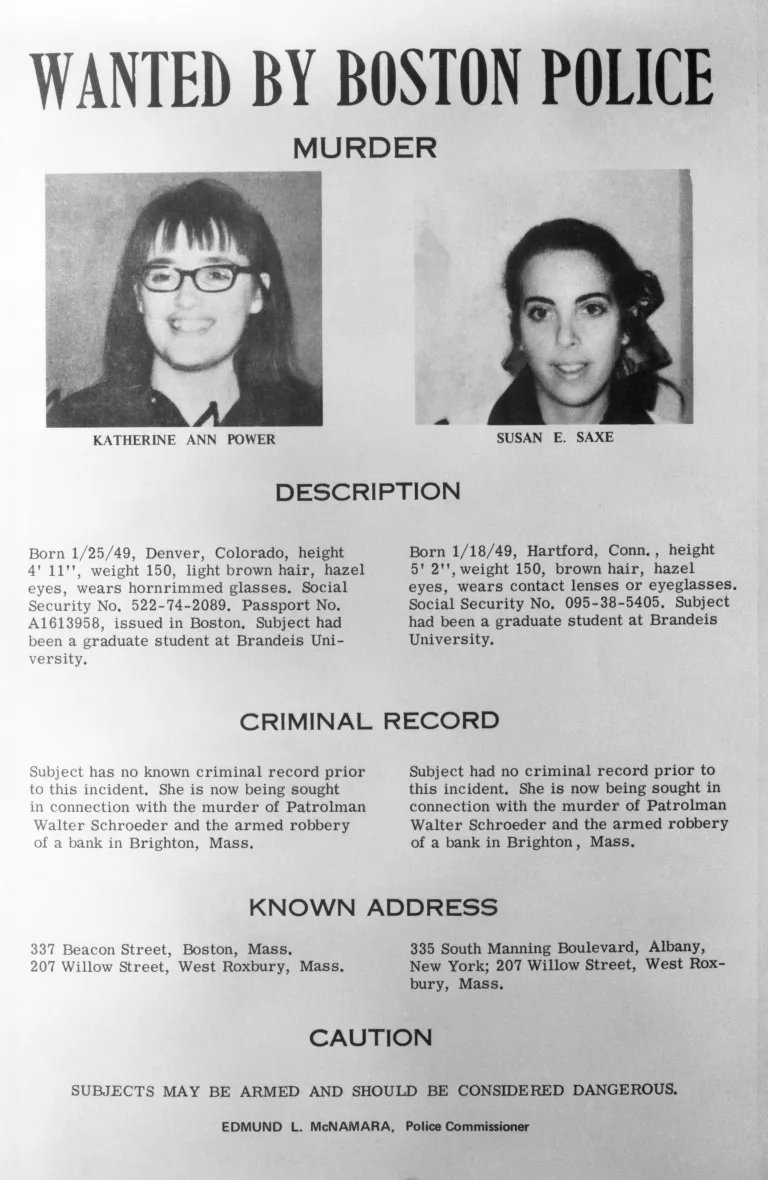In 1967, Federal Agencies and a group of mostly Jewish businessmen attempted to rehabilitate the deteriorating housing in Boston’s overwhelmingly Black neighborhood of Roxbury. The attempt ended in anger and disappointment, highlighting the precarious nature of the “alliance.” 🧵




Over the decades, Roxbury had experienced waves of ethnic transition - from Yankee protestant, to mainly Irish Catholic, to Eastern European Jewish. But the transition from Jewish to Black would be the most turbulent. Crime skyrocketed; there were riots in 1967 and 1968.






Ambitious Great Society programs were designed to improve housing. But despite the torrent of federal funds and idealistic rhetoric, only a tiny percentage of slum housing had been reclaimed. 

On paper, the Roxbury area still looked like one of the most desirable neighborhoods in the city – It had decent housing stock, an easy commute to the downtown, and it bordered the beautiful, 527-acre Olmstead-designed Franklin Park.




Hoping to cut red-tape and ensure success, the feds contracted with a handful of experienced, proven developers. But the demographic makeup of the developers (four Jews and an Irishman) would lead soon lead to conflict with Black activists. 

Jewish leaders had played a critical role in the rise on the civil rights movement, and often spoke of a Black-Jewish Alliance. But there were few signs of an alliance on the streets of Boston. There, Blacks saw Jews as slumlords and exploiters. Jews saw Blacks as violent thugs.




Meanwhile, Roxbury was deteriorating so rapidly that the project began to appear daunting. Author Harvey Cox was committed to integration and determined to stay – Until he started noticing drug-pushers as he walked his children to school. He soon moved his family out of the city.




The plan ($24.5 million to rehabilitate some two thousand units) was announced on December 3, 1967. But instead of a warm reception, the plan was attacked by Black activists, who called it a robbery of the Roxbury community for failing to accommodate local interests.






Black activist (and future Boston Mayoral candidate) Mel King demanded “equity” for the community, and seemed to threaten violence: “We will take whatever steps necessary to prevent the project from going forward as currently planned.”






In light of the protests, attempts were made to bring Black partners into the project. But the bulk of the funding was still in the hands of Jewish developers. They continued to face hostility and setbacks. Their units were plagued by "institutionalized" vandalism and theft.






Mel King turned up the pressure – He and a group of Blacks ransacked the office of developer Maurice Simon, and bullied him into agreeing to a list of further demands. Simon tried unsuccessfully to bring in another partner. And he returned to the FHA to request more funding.



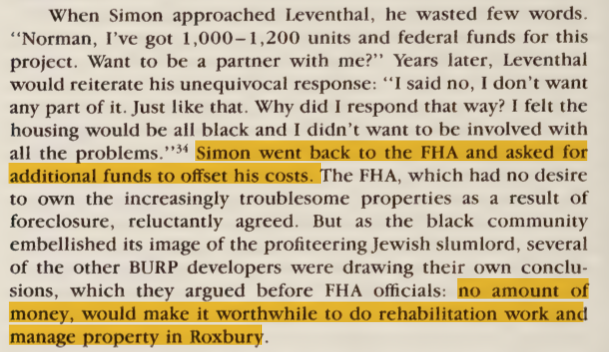
A Black nonprofit invited a young architect to join a parallel development effort. He joined enthusiastically. But he was chastened to see the condition of the abandoned units – The area was “heavily assaulted by drug users … It was clearly a combat zone.” 

If the looters and vandals rationalized that they were stealing from "The Man" - Could a Black-led development team have better luck?
No - The Black team's neighborhood development projects "were beset by problems from the very beginning, especially theft of building materials."
No - The Black team's neighborhood development projects "were beset by problems from the very beginning, especially theft of building materials."

The projected ended in disappointment and finger-pointing, and with further deterioration of Black-Jewish relations. And as violent street crime increased in nearby neighborhoods, Jewish flight from Boston accelerated.




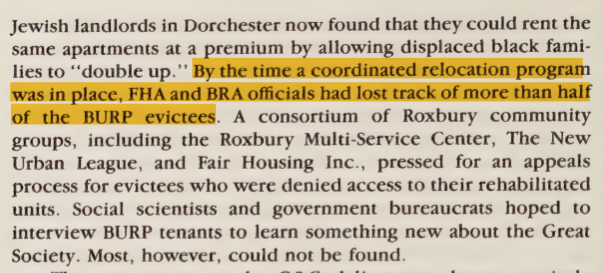

For those interested, a related thread on violence in Roxbury and Dorchester:
https://x.com/s_decatur/status/1630716429833052163?s=20
And a thread on "White Flight" from Boston:
https://x.com/s_decatur/status/1521303604853944322?s=20
• • •
Missing some Tweet in this thread? You can try to
force a refresh



